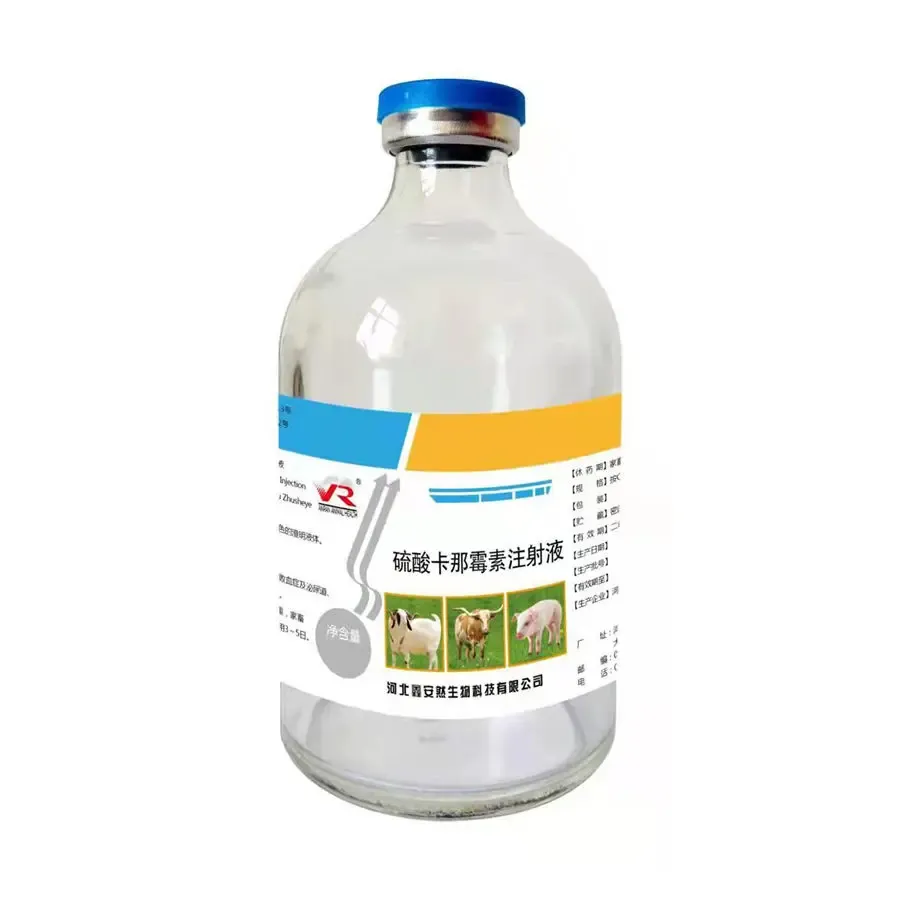- Afrikaans
- Albanian
- Amharic
- Arabic
- Armenian
- Azerbaijani
- Basque
- Belarusian
- Bengali
- Bosnian
- Bulgarian
- Catalan
- Cebuano
- Corsican
- Croatian
- Czech
- Danish
- Dutch
- English
- Esperanto
- Estonian
- Finnish
- French
- Frisian
- Galician
- Georgian
- German
- Greek
- Gujarati
- Haitian Creole
- hausa
- hawaiian
- Hebrew
- Hindi
- Miao
- Hungarian
- Icelandic
- igbo
- Indonesian
- irish
- Italian
- Japanese
- Javanese
- Kannada
- kazakh
- Khmer
- Rwandese
- Korean
- Kurdish
- Kyrgyz
- Lao
- Latin
- Latvian
- Lithuanian
- Luxembourgish
- Macedonian
- Malgashi
- Malay
- Malayalam
- Maltese
- Maori
- Marathi
- Mongolian
- Myanmar
- Nepali
- Norwegian
- Norwegian
- Occitan
- Pashto
- Persian
- Polish
- Portuguese
- Punjabi
- Romanian
- Russian
- Samoan
- Scottish Gaelic
- Serbian
- Sesotho
- Shona
- Sindhi
- Sinhala
- Slovak
- Slovenian
- Somali
- Spanish
- Sundanese
- Swahili
- Swedish
- Tagalog
- Tajik
- Tamil
- Tatar
- Telugu
- Thai
- Turkish
- Turkmen
- Ukrainian
- Urdu
- Uighur
- Uzbek
- Vietnamese
- Welsh
- Bantu
- Yiddish
- Yoruba
- Zulu
Nov . 10, 2024 01:54 Back to list
Disinfectants Commonly Employed in Animal Care Environments and Their Effectiveness
Disinfectants Used in Animal Care Facilities Ensuring Health and Safety
Animal care facilities, including veterinary clinics, shelters, and farms, play a crucial role in maintaining the health and well-being of animals. A key aspect of their operation is effective sanitation, which helps prevent the spread of infectious diseases. Disinfectants are essential tools in this regard, specifically formulated to kill pathogens and reduce the risk of disease transmission. Understanding the various types of disinfectants available, their proper application, and their significance in animal care is critical for ensuring both animal and human health.
Types of Disinfectants
Disinfectants can be classified into several categories based on their chemical composition and mechanism of action. Common types include
1. Alcohols Isopropyl and ethyl alcohol are widely used as surface disinfectants. They are effective against a broad spectrum of bacteria, viruses, and fungi but can be less effective in the presence of organic matter. Alcohols evaporate quickly, making them suitable for small surfaces but less effective for larger areas.
2. Chlorine Compounds Sodium hypochlorite, commonly known as bleach, is a powerful disinfectant that is highly effective against bacteria, viruses, and fungi. It can be used for cleaning cages and equipment. However, it can be corrosive and may emit harmful fumes; therefore, adequate ventilation and appropriate dilution are essential.
3. Quaternary Ammonium Compounds (Quats) These are often used in veterinary settings due to their safety and effectiveness. Quats can be used on surfaces and have residual antimicrobial activity. However, they may not be effective against certain viruses and should not be used in the presence of organic material.
4. Peracetic Acid This is a potent disinfectant that is effective against a wide range of microorganisms, including bacterial spores. It decomposes into non-toxic byproducts, making it environmentally friendly. However, it can be corrosive and requires careful handling.
5. Hydrogen Peroxide This disinfectant is effective against a variety of pathogens and is particularly useful for cleaning areas contaminated with blood or other body fluids. It breaks down into water and oxygen, making it safe for the environment.
disinfectants used in animal care facilities

Application Strategies
The effectiveness of disinfectants is heavily reliant on proper application techniques. Here are some best practices for using disinfectants in animal care facilities
1. Cleaning Before Disinfecting Surfaces must be thoroughly cleaned to remove dirt and organic matter, as these can shield pathogens from disinfectants.
2. Follow Manufacturer Guidelines Always follow the specific instructions provided by the manufacturer, including dilution rates, contact time, and safety precautions.
3. Use Personal Protective Equipment (PPE) Staff should wear appropriate PPE, such as gloves and masks, to protect themselves from harmful chemicals.
4. Routine Monitoring and Maintenance Regular assessment of cleaning protocols and the effectiveness of chosen disinfectants will help in maintaining safe and hygienic environments.
5. Training Staff Personnel should be trained on the correct use of disinfectants, including the understanding of contact times and the importance of employing different types of disinfectants for various pathogens.
Conclusion
The use of disinfectants in animal care facilities is indispensable for preventing the spread of infectious diseases among animals and, consequently, humans. With various disinfectants available, facility managers must choose the ones best suited for their needs while adhering to proper application protocols. By integrating effective disinfectant practices into standard operating procedures, animal care facilities can create safer environments for both animals and their caregivers, ultimately promoting better health outcomes and a higher quality of care.
-
Guide to Oxytetracycline Injection
NewsMar.27,2025
-
Guide to Colistin Sulphate
NewsMar.27,2025
-
Gentamicin Sulfate: Uses, Price, And Key Information
NewsMar.27,2025
-
Enrofloxacin Injection: Uses, Price, And Supplier Information
NewsMar.27,2025
-
Dexamethasone Sodium Phosphate Injection: Uses, Price, And Key Information
NewsMar.27,2025
-
Albendazole Tablet: Uses, Dosage, Cost, And Key Information
NewsMar.27,2025













